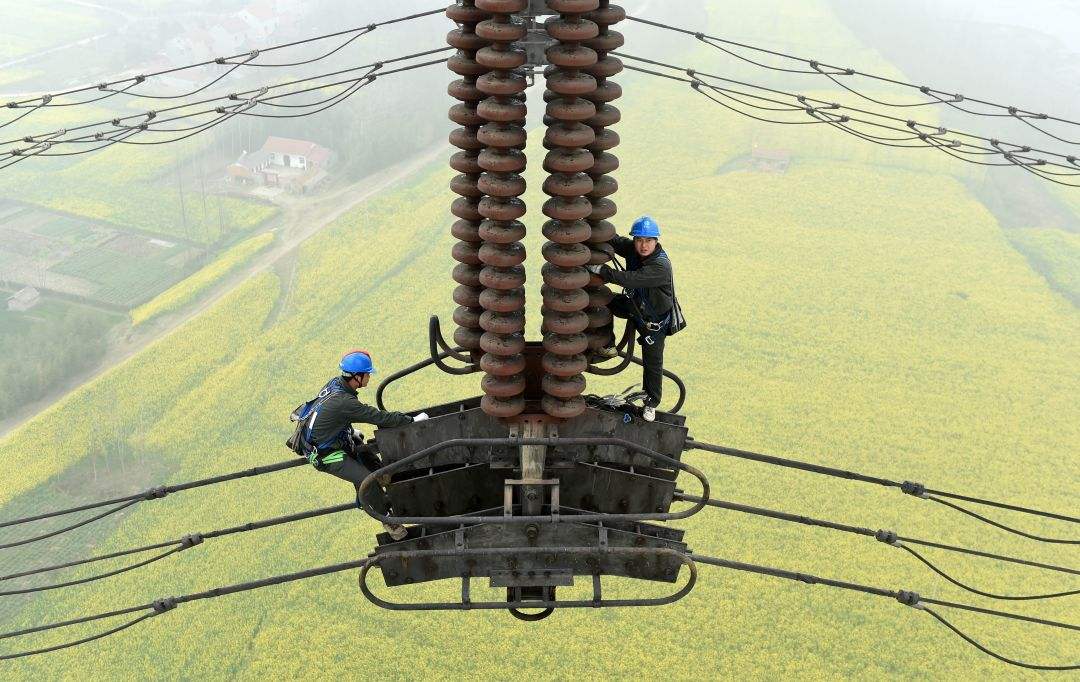Overhead lines mainly refer to overhead cable, erected on the ground, and are transmission lines that use insulators to fix transmission wires on poles that stand upright on the ground to transmit electrical energy. Overhead lines have low cost, strong mobility, and easy maintenance. However, overhead lines hinder traffic and construction and are easily polluted by debris in the air; moreover, overhead lines may collide with or get too close to trees and other tall facilities or objects, causing electric shocks, short circuits and other accidents.
The main components of overhead transmission lines are Low-voltage cables, insulators, cross arms, low-voltage poles, high-voltage suspension insulators, clamps, high-voltage cables, high-voltage poles,Lightning line.
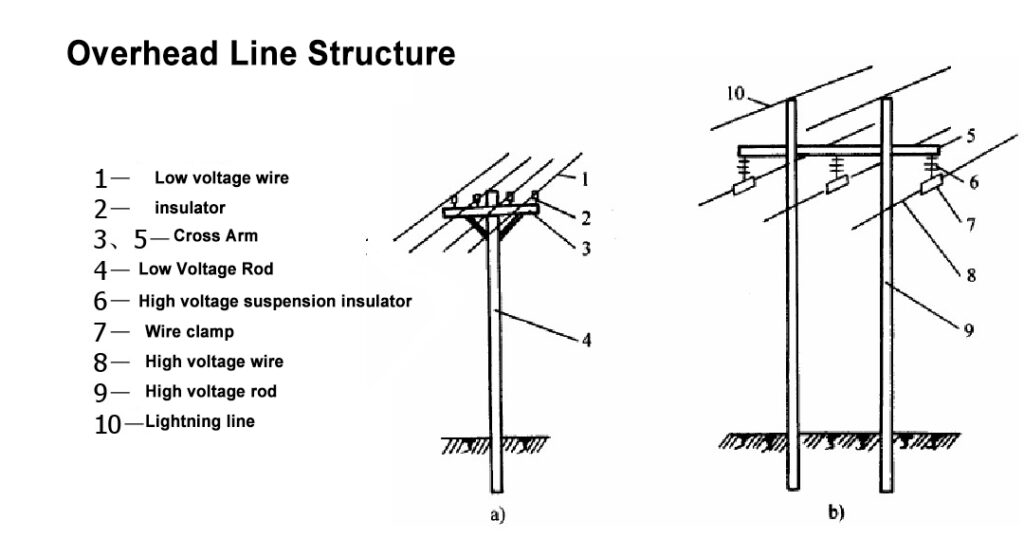
1.Pole and Tower
The general term for supporting structures that suspend wires through insulators. Pole and tower are the general term for electric poles and iron towers.
The purpose of the tower is to support wires, lightning protection wires and other accessories. In order to keep a certain safe distance between the wires, the wires and the avoidance, the wires and the ground, and the crossing objects.
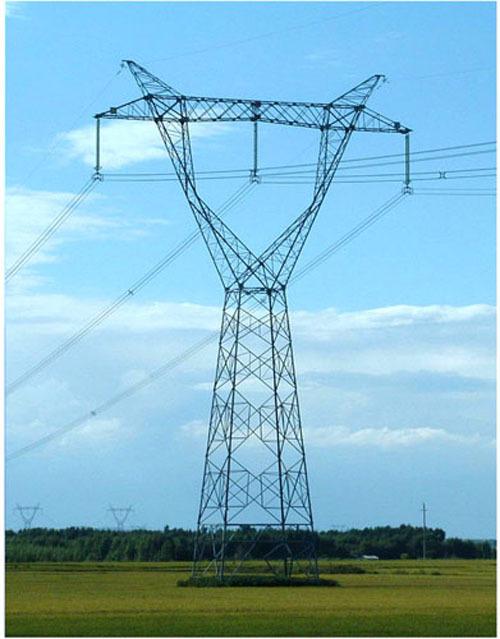
2. Overhead Wire and Cables
Classification: It can be divided into four types: single-stranded wire, multi-stranded wire, composite multi-stranded wire and insulated wire.
(1). Single-strand Cable: Due to the manufacturing process, when the cross-section increases, the mechanical strength of the single-strand wire decreases. Therefore, the cross-section of the single-strand wire is generally below 10 square millimeters, and currently it is widely used up to 6 square millimeters.
(2). The multi-stranded cable is twisted by multiple thin wires, and the twisting direction of the adjacent layers of the multi-layered wire is opposite to prevent twisting and twisting when paying off. Its advantages are high mechanical strength, flexibility, and flexibility ; And because the surface oxidation resistivity of the strands increases, the current flows along the strands, the skin effect is small, and the resistance is slightly reduced compared with the single-stranded wire of the same cross section.The common type have all aluminum cable (AAC) and all Aluminum Alloy Cable (AAAC ) etc.
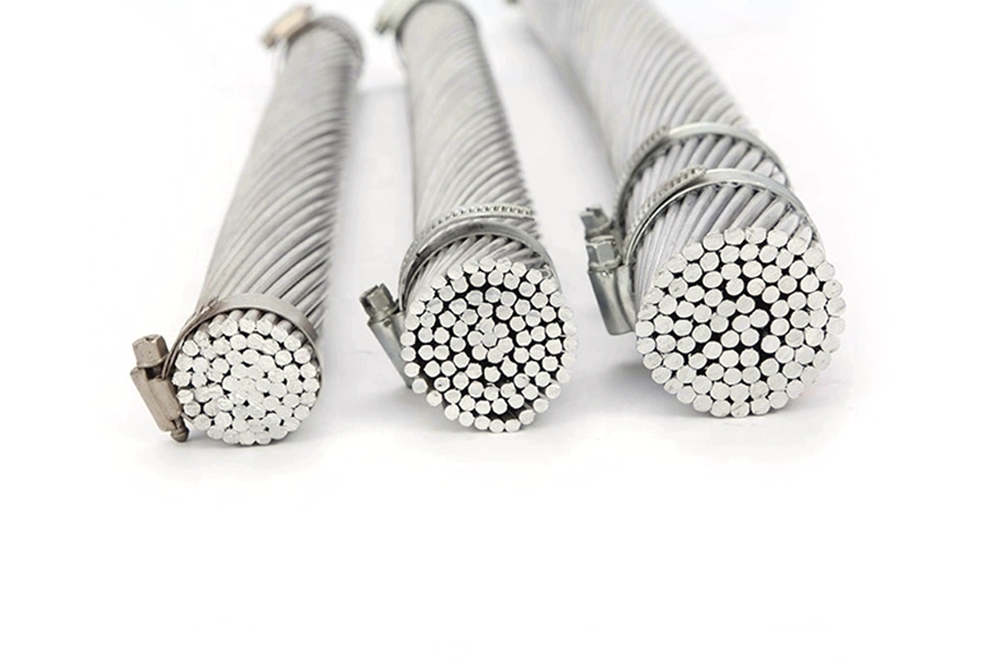
(3). Composite multi-stranded wire refers to the multi-stranded wire of two materials. The common type are steel-cored aluminum stranded wire(ACSR cable) and ACAR Cable ,The core part is twisted by steel wire, and the external stranded aluminum wire is integrated. The mechanical properties of aluminum and the electrical properties of aluminum have become the most widely used overhead cable.
(4). Overhead power lines generally use multiple strands of bare conductors, but in recent years, 10kV overhead power distribution lines in urban areas have gradually switched to overhead insulated conductors. The operation proved that it has many advantages, the line failure is obviously reduced, the contradiction between the line and the tree is solved to a certain extent, the maintenance workload is reduced, and the safety and reliability of the line are obviously improved. 10kv mainly has copper core and aluminum core cross-linked polyethylene insulated wires, and low voltage mainly includes JV and JLV.
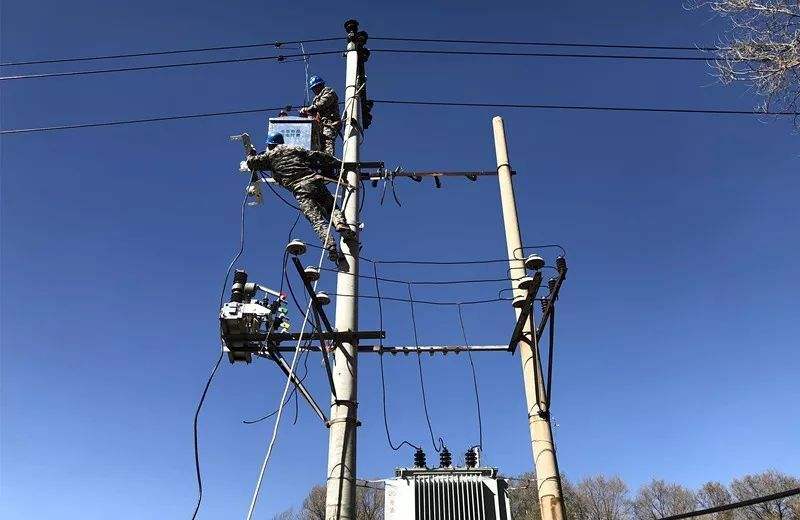
3. Lightning wire
The lightning protection wire is installed above the wire and is directly grounded for lightning protection to reduce the chance of lightning strikes to the wire, improve the lightning resistance level of the line, reduce the lightning trip rate, and ensure the safe power transmission of the line. Overhead lines have long distances and are exposed to the wilderness, and there are more chances of being struck by lightning. According to the voltage level of the network, the importance of the load, and the number of lightning days and investment conditions in the area, it can be along the whole line or only in the Install lightning protection wires at the entry and exit lines of the substation.
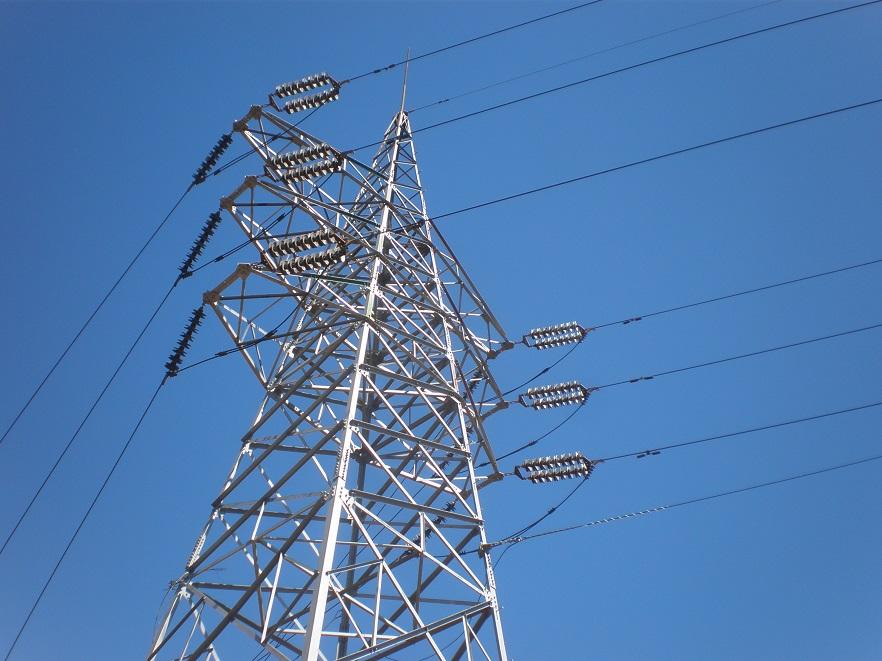
4. Insulator
Insulators, also called porcelain bottles, are used to fix wires and insulate wires and poles. Therefore, the insulator should have sufficient electrical insulation strength and mechanical strength. There are two types of line insulators: high voltage and low voltage. The insulator is a kind of electrical isolation component, its purpose is to insulate between the wire and the wire and between the wire and the ground, support, suspend the wire, and fix it on the cross arm of the tower. The insulator should have good electrical and mechanical properties. . It should also have strong resistance to rain, snow, fog, wind, ice, sudden changes in temperature and the erosion of harmful substances in the atmosphere.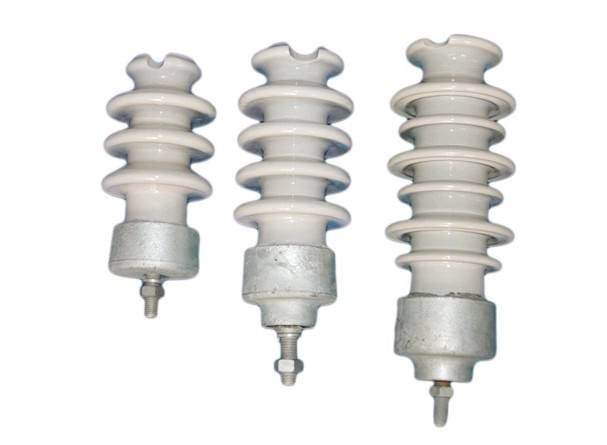
5. Hardware
The role of the fittings: used for suspension, fixation, protection, connection on overhead lines, connecting overhead lines or insulators, and metal devices used to connect the cables on the cable structure of the cable tower.
Basic requirements Electric power fittings are generally made of cast steel and malleable cast iron. It is required that the circuit fittings should have sufficient mechanical strength, and the part of the fittings connecting the conductors should have good electrical properties.

